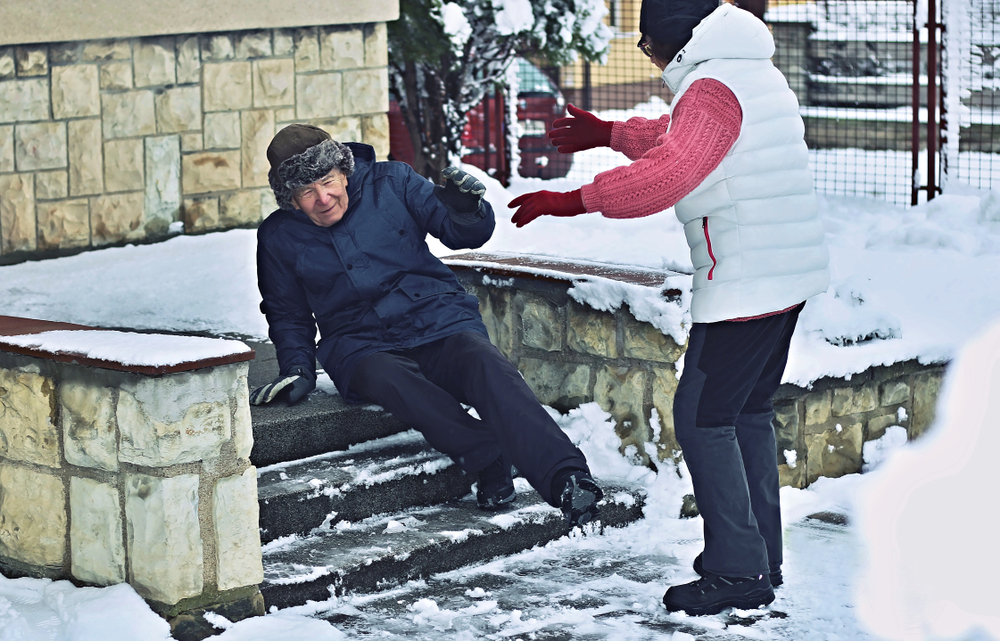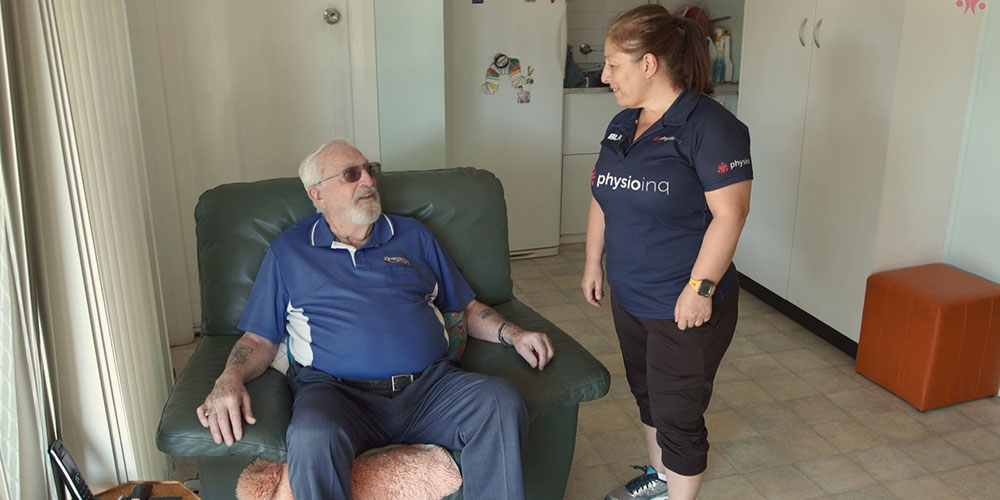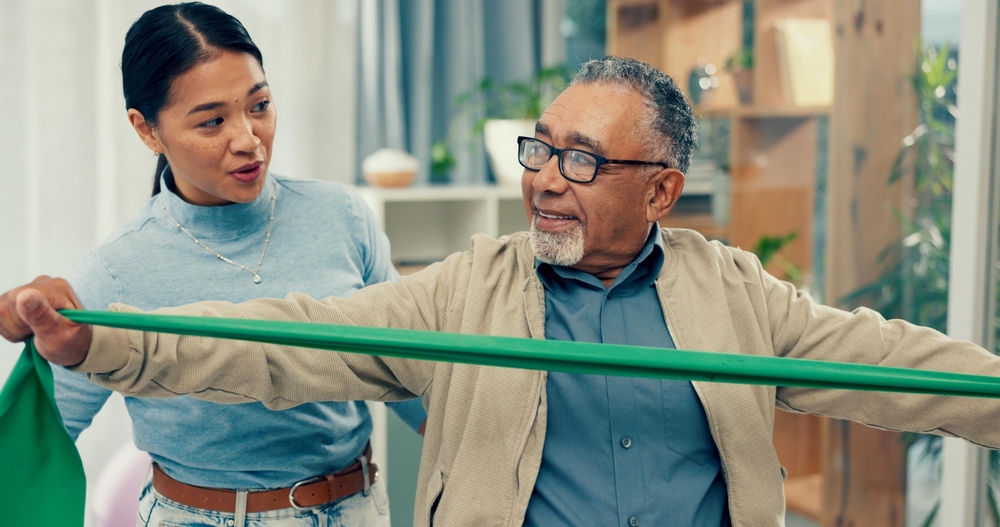Make an Appointment
Chronic pain, pain persisting beyond three months, affects up to 1 in 5 Australians aged 45 and over and 1.03 million older Australians (65 years+)(AIHWPainaustralia). In aged care settings, estimates suggest as many as 80% of residents live with ongoing pain (Aged Care Guide). Left unaddressed, chronic pain not only causes physical discomfort but also contributes to reduced mobility, social isolation, depression and increased fall risk.
Older adults often face complex, multi-factorial pain arising from arthritis, neuropathy, back conditions, cancer or post-surgical effects. Rather than simply prescribing medication, occupational therapists employ a holistic, client-centred approach, focusing on meaningful daily activities, environment adaptations and empowering self-management, to help older adults maintain quality of life and independence.

How Can Occupational Therapy Help with Chronic Pain?
Occupational therapists bring specialised skills to the pain-management team by:
Functional Pain Assessment
- Beyond pain scales, OTs observe how pain interferes with Activities of Daily Living (ADLs): dressing, bathing, cooking, so interventions target real-life challenges.
- Use of tools like the Canadian Occupational Performance Measure (COPM) to set personalised goals and track progress.
Activity Pacing & Graded Exposure
- Teaching clients to break tasks into manageable “pulses” with built-in rest breaks prevents flare-ups.
- Graded return to activity gradually increases tolerance, rebuilding confidence and reducing pain-related fear (Better Health Channel).
Task Modification & Ergonomics
- Detailed analysis of movement patterns reveals unhealthy postures or overuse.
- OTs introduce adaptive techniques, such as seated meal preparation or lever-handled utensils, to minimise joint stress.
Environmental & Assistive Technology Solutions
- Home modifications, grab rails, shower chairs, raised toilet seats, remove barriers, reducing compensatory strain.
- Prescription of devices (e.g., sock-aids, reachers, ergonomic kitchen tools) that help maintain independence.
Pain-Coping Education
- Incorporating relaxation, mindfulness and distraction techniques to shift focus away from pain.
- Utilising strategies from Cognitive Behavioural Therapy (CBT), reframing negative beliefs about pain to improve emotional well-being.
Collaborative Care & Support
- OTs work alongside Physiotherapists, Exercise Physiologists and other health professionals to ensure a consistent, multidisciplinary program.
- Engaging caregivers in training reinforces safe techniques and promotes adherence between sessions.
By focusing on the activities that matter most, whether gardening, meal prep or social outings, occupational therapy helps older adults remain engaged in life despite persistent pain.
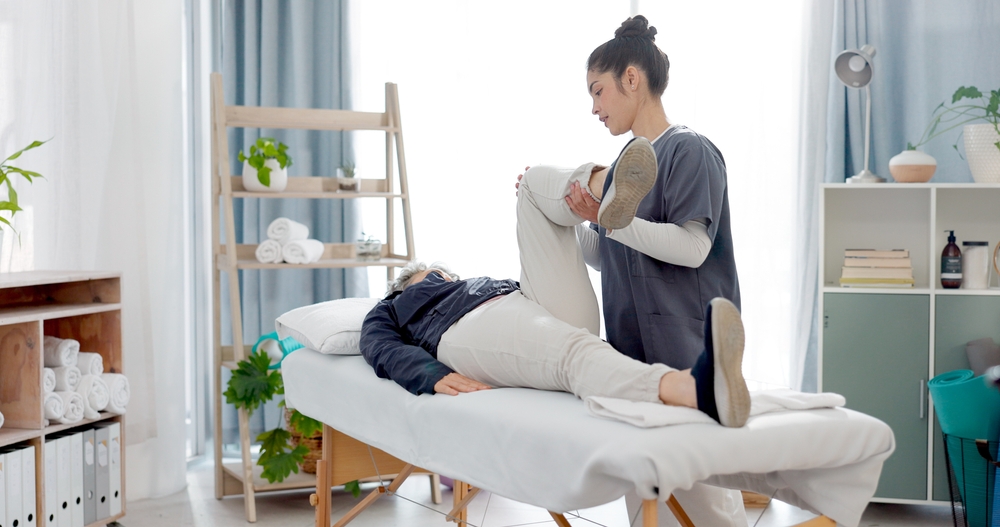
What Are the Interventions for Chronic Pain?
Key Occupational Therapy interventions for chronic pain include:
Activity Pacing & Scheduling
- Structure daily routines with planned rest periods.
- Use timers or mobile reminders to prevent “flare-up” overactivity.
Ergonomic & Adaptive Equipment
- Customise workstations (e.g., height-adjustable tables) to minimise bending and reaching.
- Provide sit-to-stand stools, non-slip mats and walking aids.
- Sensory & Relaxation Techniques
- Teach guided imagery, deep-breathing and progressive muscle relaxation.
- Incorporate heat packs or cold therapy into home programs for symptom relief.
- Splinting & Joint Protection
- Fabricate hand splints for osteoarthritis to reduce inflammation during activity.
- Educate on techniques (e.g., “avoid tight grip”) to protect vulnerable joints (The Arthritis Movement).
- Group Pain Management Workshops
- Facilitate peer-led groups covering pain education, graded exercise, stress management and goal-setting.
- Provide social support, reducing isolation and improving mental health.
- Cognitive-Behavioural Strategies
- Implement self-talk techniques to challenge catastrophic thinking (“I can’t do anything”).
- Use activity logs to identify pain triggers and develop coping plans.
All interventions are tailored to each individual’s goals, whether it’s returning to gardening, walking to the shops or simply dressing without pain.
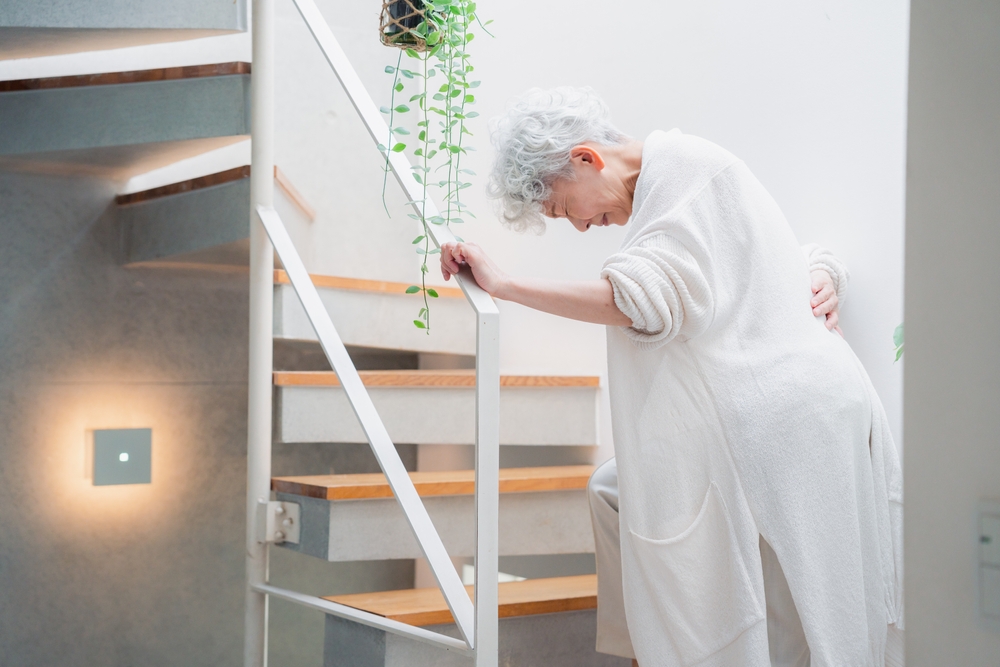
How to Manage Chronic Pain in the Elderly?
Effective chronic pain management in older adults combines self-management, professional support and lifestyle adjustments:
Regular, Low-Impact Exercise
- Encourage daily walks, water-based activities (hydrotherapy) or chair exercises to maintain strength and flexibility.
- Exercise Physiologists can co-deliver home exercise plans that complement Occupational Therapy strategies.
Healthy Sleep & Nutrition
- Establish consistent sleep routines; address sleep hygiene issues like nighttime pain.
- Promote anti-inflammatory diets rich in omega-3s, lean proteins and antioxidants.
Medication Review & Optimisation
- Collaborate with GPs and pharmacists to minimise polypharmacy risks and optimise analgesia.
- Monitor side-effects (drowsiness, dizziness) that may exacerbate pain or fall risk.
Stress Reduction & Mental Well-Being
- Integrate mindfulness, social engagement and meaningful activities to reduce anxiety and depression.
- Referral to counselling or support groups when needed.
Multidisciplinary Care
- Regular team meetings, Occupational Therapists, physiotherapists, nurses, dietitians and GPs—ensure a cohesive plan.
- Telehealth check-ins can maintain continuity for those with mobility or transport limitations.
Use of Technology
- Mobile apps to log pain levels and activity can help clients and clinicians adjust plans in real time.
- Wearable sensors to monitor posture and movement, alerting users to potentially harmful patterns.
By empowering older adults with the knowledge and tools to manage their pain daily, and reinforcing these with professional support, chronic pain becomes a manageable aspect of life rather than a barrier to independence.

Examples of Occupational Therapy for the Elderly
Example 1: Hand Osteoarthritis
- Intervention: Custom neoprene splints for thumb joints during morning ADLs.
- Outcome: 30% reduction in pain during dressing; improved grip strength for utensil use.
Example 2: Chronic Low Back Pain
- Intervention: Activity pacing plan breaking household chores into 10-minute tasks with 5-minute rest intervals; lumbar support cushion for seated tasks.
- Outcome: Increased tolerance to vacuuming (from 5 to 15 minutes) and reduced analgesic usage.
Example 3: Diabetic Neuropathy
- Intervention: Sensory re-education exercises and practice with weighted utensils to improve proprioception; use of electric jar openers.
- Outcome: Reduced reliance on caregiver help for meal prep; increased meal independence.
Example 4: Post-Stroke Pain & Spasticity
- Intervention: Splinting to maintain wrist extension, gentle guided movement with functional tasks (e.g., reaching for a cup).
- Outcome: Decreased spasticity and enhanced ability to perform self-care tasks.
Example 5: Rheumatoid Arthritis
- Intervention: Joint protection workshop teaching “keep joints straight” principle, use of long-handled shoehorn and zipper pull-strings.
- Outcome: Clients report less morning stiffness and greater confidence dressing independently.
These examples illustrate how occupational therapy interventions, rooted in functional goals, can significantly improve daily living and reduce pain for older adults (Medical Forum).
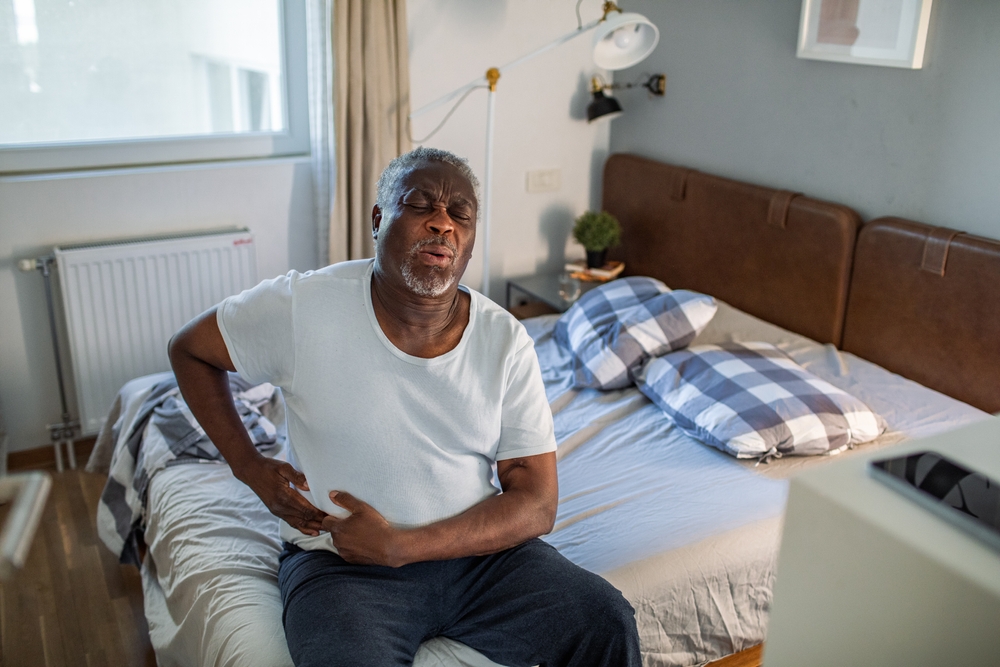
Frequently Asked Questions (FAQ)
1. Is occupational therapy covered under My Aged Care?
Yes. many Home Care Packages and Commonwealth Home Support Program (CHSP) funds can be used for Occupational Therapy visits. Check your package manager or GP referral options.
2. How often should I see an occupational therapist for chronic pain?
Typically, 1–2 sessions per fortnight initially, then monthly reviews as goals are met. Telehealth or phone check-ins can supplement in-home visits.
3. Can OT reduce my reliance on pain medication?
While OTs don’t prescribe medicines, by teaching non-pharmacological pain-coping strategies and activity modifications, many clients report reduced medication use over time.
4. What’s the difference between OT and physiotherapy for chronic pain?
OT focuses on functional tasks and environment adaptations; physiotherapy emphasises movement retraining and exercise. Together they form a powerful multidisciplinary approach.
5. How can I start a pain-management program?
Speak to your GP about a referral for a pain-management program or contact Physio Inq directly to arrange an initial Occupational Therapy assessment.

Chronic pain in aged care is complex but highly manageable when approached holistically. Occupational Therapy interventions, activity pacing, task adaptation, Assistive Technology and pain-coping strategies, empower older adults to reclaim independence and quality of life.
Next Steps:
- Book your Occupational Therapy Assessment with Physio Inq, available in-home, in-clinic or online.
- Incorporate Physiotherapy & Exercise Physiology for a multidisciplinary pain-management plan.
- Discuss funding options under My Aged Care or private health cover to support your ongoing care.
Call 1300 731 733 or book online today to begin your personalised chronic-pain intervention journey.

Date Published: Monday, May 26, 2025
Locate a Aged Care Occupational Therapy
Service Near me
Get the experience & convinence you deserve to support your or a loved one's allied health needs.
Our Aged Care Occupational Therapy team are currently serving & taking appointments in the following states and regions in Australia:
Need to get into direct contact with ur Client Services team? We're all ears. Call our team directly on 1300 731 733

